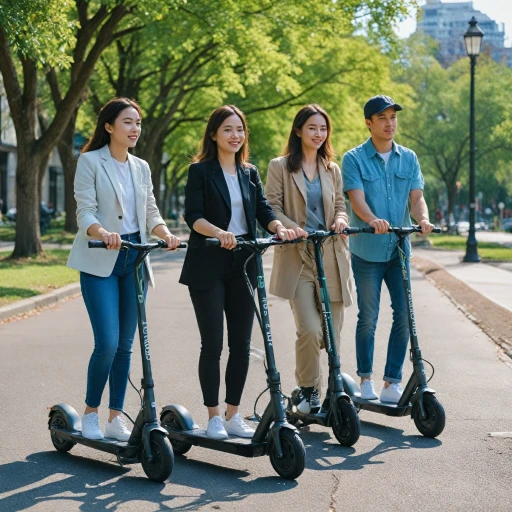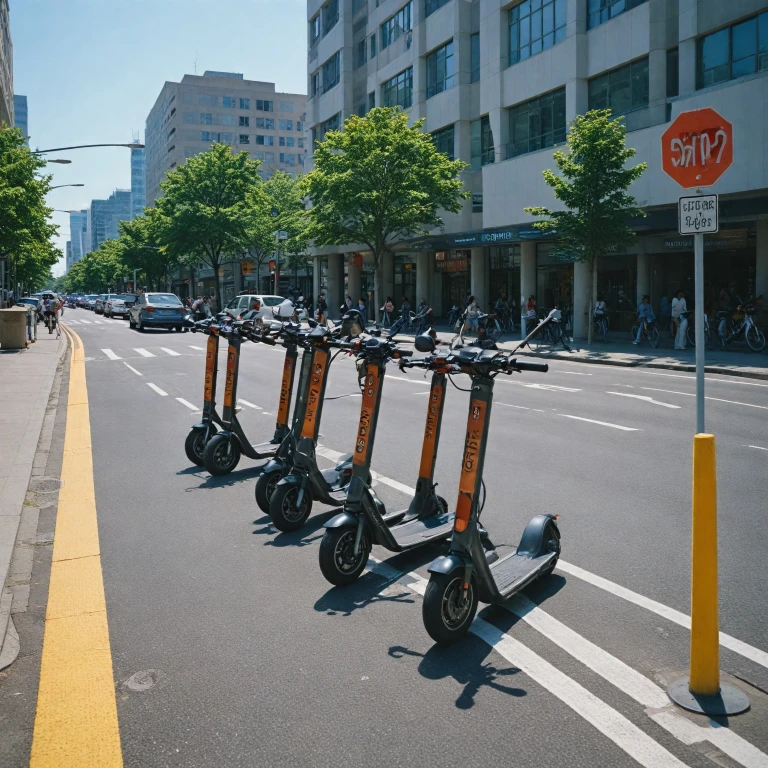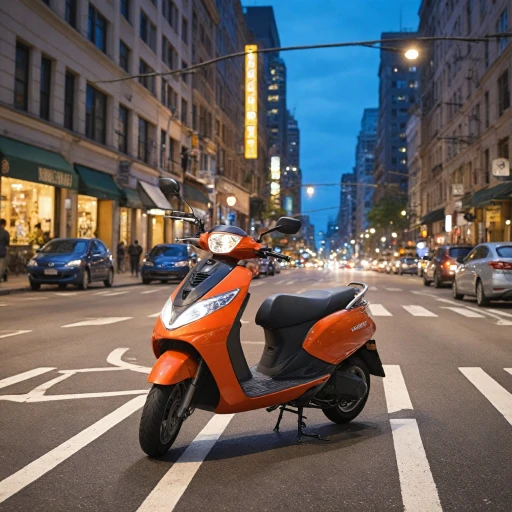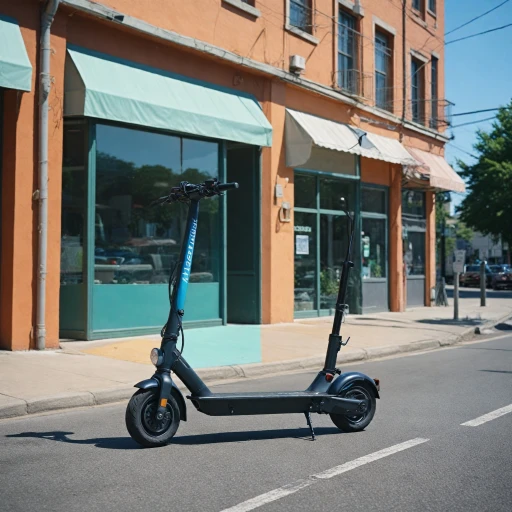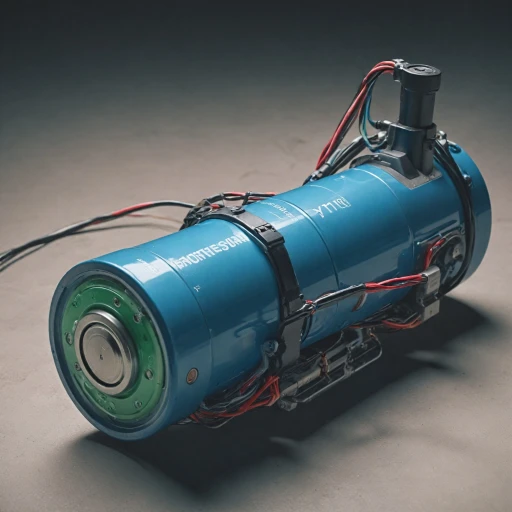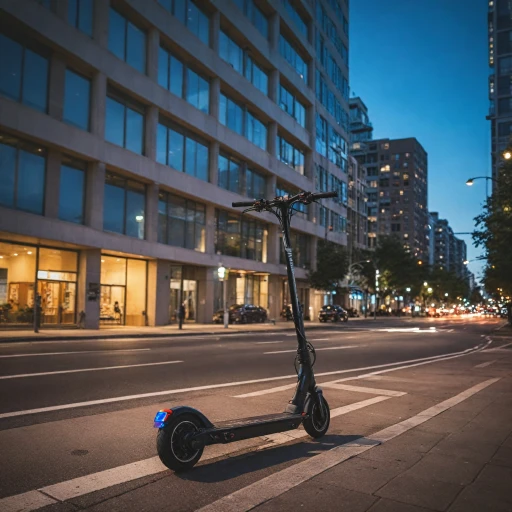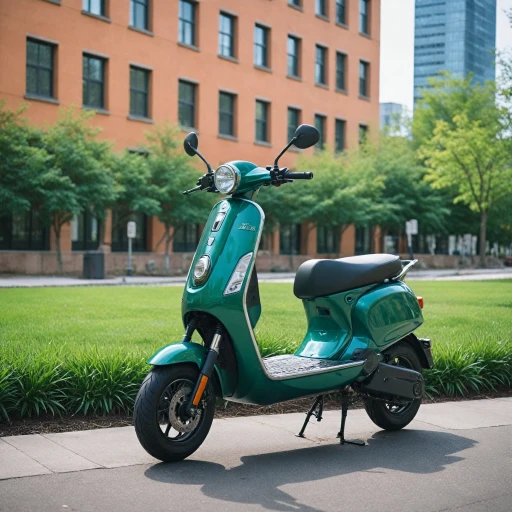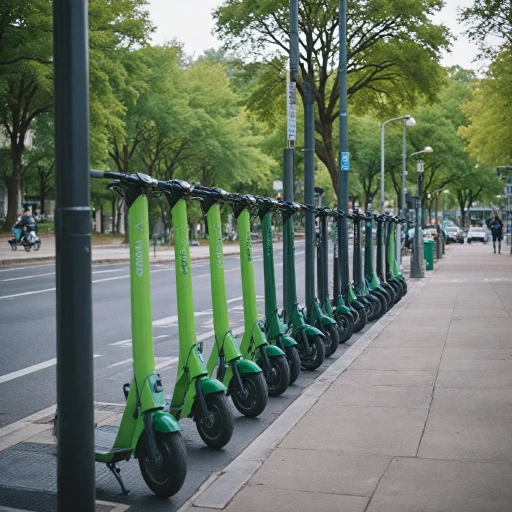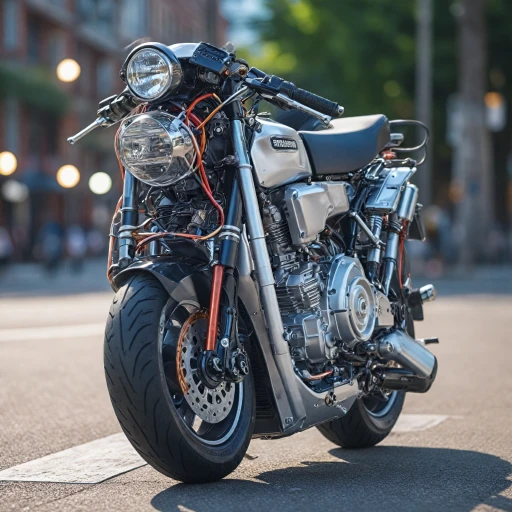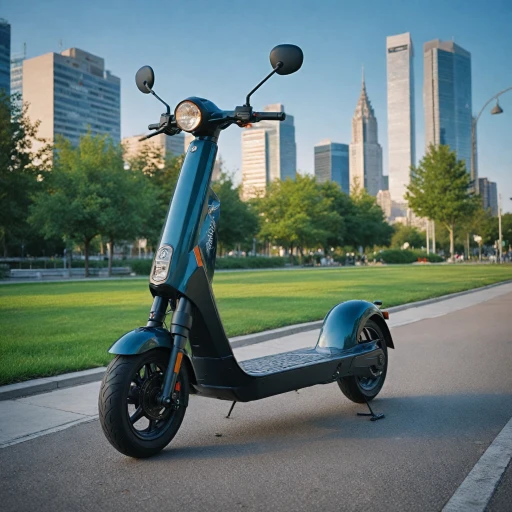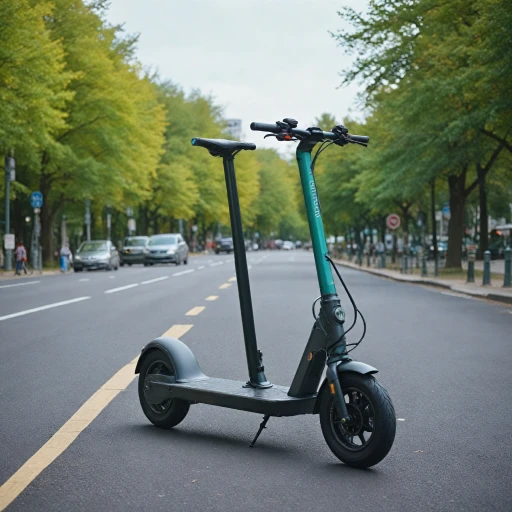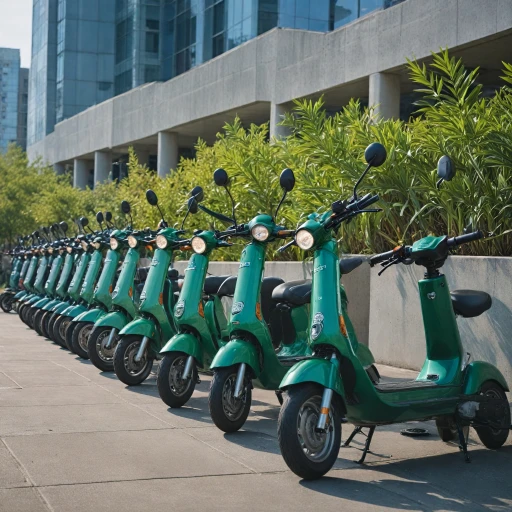Navigating the Legal Landscape for Electric Scooters
Understanding the Complexities of Electric Scooter Regulations
Navigating the legal landscape of electric scooters on public roads can be a complex task with various regulations to consider. These personal transportation devices have increasingly become a staple in urban areas, offering a convenient mode of transport for short distances. However, the legal specifications surrounding their use can be puzzling, given the variety of laws enforced across different jurisdictions.
To start, the speed limits for electric scooters are a primary concern. Many regions implement strict controls on how fast these scooters can go, often capping the speed at a certain mph to ensure safety on shared roads and bike lanes. It's essential for scooter riders to be aware of these speed limit regulations to avoid penalties. Along with speed, weight limits are also considered, with regulations sometimes specifying the maximum permissible lbs for an electric scooter.
Age restrictions play a significant role in who can ride these scooters. Some states require riders to be at least a certain age to operate an electric scooter legally. Additionally, helmet laws often mandate that riders wear a helmet, especially in jurisdictions where scooters are allowed on roads and sidewalks. These requirements not only help enhance rider safety but also align with general safety measures promoted by traffic authorities.
Furthermore, riding electric scooters on sidewalks is another area where laws can vary significantly. While some places completely prohibit riding sidewalks, others may allow it under specific conditions. Consequently, understanding the specific rules of each state becomes crucial.
Similarly, whether having a driver's license is necessary for riding an electric scooter also differs. While some states demand a license for operation due to the vehicle's top speed capabilities, others might not impose such a law.
Navigating these legal nuances is vital for anyone looking to ride electric scooters responsibly and legally. Staying informed is key to ensuring compliance and enjoying the benefits of this efficient mode of urban mobility. For a broader understanding of how technology aids compliance and future implications of these regulations, further exploration is encouraged.
Safety Measures and Compliance
Ensuring Safety and Compliance for Electric Scooters
Navigating the legal landscape for electric scooters involves understanding key safety measures and compliance regulations that are crucial for both the riders and those sharing the road. As the popularity of electric scooters rises, so too do the discussions surrounding their safe use. Here are some important considerations and guidelines to ensure a safe experience while riding these vehicles.
- Helmet Requirements: In many states, scooter riders are mandated to wear helmets when operating electric scooters. This is a vital safety measure aimed at preventing serious injuries in case of accidents.
- Speed Limits: Scooter laws often impose a maximum speed limit for electric scooters, typically ranging from 15 to 25 mph depending on the jurisdiction. Exceeding these speed limits can lead to legal repercussions and increase the risk of accidents.
- Age Restrictions: Different states have varying age requirements for riding electric scooters. It's essential for riders to check specific local laws to ensure compliance with age restrictions.
- Sidewalk Riding Prohibitions: Many regions prohibit riding electric scooters on sidewalks to protect pedestrians. Instead, scooters are often allowed in bike lanes or designated roads, aligning with broader urban mobility strategies.
- Licensing and Registration: While not all states require electric scooters to be registered or for riders to have a driver license, it's important to verify local laws to remain compliant.
Adhering to these safety regulations not only promotes the wellbeing of riders but also ensures the smooth integration of electric scooters into existing urban transit systems. As technology evolves and more developments occur, these safety measures may further enhance the practicality and appeal of electric scooters.
Regional Variations in Electric Scooter Laws
Different Laws in Different Places
When it comes to electric scooters, regional variations in scooter laws can leave riders puzzled. These small yet powerful vehicles can reach a top speed that makes understanding local regulations essential. Some states are welcoming, allowing scooters to ride freely on roads, bike lanes, and sidewalks, while others impose strict limitations.
In certain areas, the maximum speed limit mph for electric scooters is enforced rigorously. For instance, some states set the speed limit as low as 15 mph to ensure safety on public roads. The guidelines don't just stop at speed limits; regulations often require age restrictions, such as a minimum age of 16 to ride electric scooters, and necessitate a driver license to operate them legally.
Helmet laws are another critical consideration, as several states mandate that riders wear helmets for protection, especially when cruising at higher speeds. The weight of electric scooters, often reaching up to 100 lbs, combined with the speed capabilities, underscores the importance of these safety measures.
Furthermore, riding sidewalks might be banned in some regions, while others allow it under specific conditions. This inconsistency can pose challenges for electric scooter riders who must stay informed about the laws in each area they traverse. Learn more about electric scooters regulations to stay compliant.
Ultimately, understanding regional differences in electric scooter laws is crucial for safety and legality. Whether you are gliding through the streets of North Carolina or another state, being informed can help avoid fines and ensure a safe riding experience.
The Role of Technology in Ensuring Compliance
Technology's Role in Compliance
In the rapidly evolving world of electric transportation, technology plays a pivotal role in ensuring that electric scooters comply with various laws and regulations. As electric scooters continue to increase in popularity, manufacturers are integrating more sophisticated technological features to help riders adhere to local speed limits and other legal demands.
One of the key areas is speed management. Many electric scooters come equipped with software that regulates the scooter's maximum speed, which is particularly important given that different states have varying speed limits for electric scooters. For example, in North Carolina, scooters are often limited to lower mph thresholds compared to other states, aligning with local regulations.
Technology also supports safety measures. Many scooters now include GPS systems for location tracking and geofencing, which can automatically restrict speed in certain areas, such as school zones or busy sidewalks, where riding is not allowed. This is especially beneficial in urban centers where scooter riders frequently navigate between bike lanes and regular roads.
Additionally, some scooters feature connectivity options that alert riders about necessary regulations such as helmet requirements or age restrictions, ensuring that users stay informed and compliant with the law. This becomes crucial in places where helmets are mandatory or riding on sidewalks is prohibited.
For those concerned about the security of their scooters, technological advancements have also led to improved locking systems and theft prevention measures, further enhancing the utility and legal adherence of these vehicles.
Integrating technology into everyday riding not only enhances safety and compliance but also allows for better data collection, which can influence future policymaking and urban planning. In this evolving landscape, technology is not just a convenience but a necessity in navigating the legal complexities of electric scooters.
Challenges and Controversies in Legalizing Electric Scooters
Addressing Legal and Social Roadblocks
The growing popularity of electric scooters has brought with it a host of challenges and controversies, particularly concerning the process of legalizing these vehicles for usage on public roads. While their convenience and eco-friendly nature are widely appreciated, some hurdles have emerged as communities and lawmakers adjust to their presence.
Firstly, there are concerns surrounding the regulation and enforcement of laws governing the use of electric scooters. Many regions have struggled to establish clear guidelines, leading to a patchwork of regulations that vary significantly by state. Differences in age requirements, speed limits, and safety gear, such as helmet laws, create confusion and hinder seamless adoption across regions.
The legal status of scooters often falls into a gray area. For instance, some states may categorize them similarly to bicycles, thus allowing scooter riders to use bike lanes. However, the lack of a standardized top speed and the question of whether riders need a driver's license further complicates their regulation. These ambiguities can lead to unsafe or illegal riding practices, putting both riders and pedestrians at risk.
Safety remains a top priority, and ensuring compliance with regulations is crucial. This includes adhering to speed limits, which are often set to a maximum of 20 mph in most states, and not riding on sidewalks, where applicable laws prohibit such practices. Accidents and injuries resulting from scooter use—partially due to non-compliance with safety regulations—pose a significant challenge for urban planners and enforcement bodies.
The social aspect also presents a set of controversies. Some community members voice concerns about scooters cluttering public spaces like sidewalks and roads. This calls into question where scooters should be parked and how cities can manage shared spaces effectively.
In North Carolina, for example, these vehicles are not yet clearly defined under traditional traffic laws, leaving riders vulnerable to fines and liabilities in case of accidents. This situation is not unique and is reflective of the broader national climate surrounding electric scooters.
Moreover, the environmental benefits of electric scooters, such as their low emissions and reduction in traffic congestion, are sometimes overshadowed by issues such as battery disposal and the impact of mass production.
Despite these challenges, the undeniable utility of electric scooters continues to push for advancements in law and infrastructure. As more people ride electric scooters, the need for cohesive, comprehensive laws becomes imperative to support both the riders and the communities they navigate.
The Future of Electric Scooters in Urban Mobility
Envisioning the Impact of Electric Scooters on Future Urban Mobility
As we look to the future, electric scooters are poised to become integral components of urban mobility. These devices offer a flexible, eco-friendly mode of transportation that could significantly reduce traffic congestion and emissions in bustling cityscapes. With the correct balance of suitable regulations and safety measures, electric scooters can coexist harmoniously with other forms of public and personal transportation.
The incorporation of scooter infrastructure, such as dedicated bike lanes and designated parking areas, is a crucial step in optimizing safety and efficiency. Moreover, the adaptation of roads bike paths to support electric scooters will be essential in safeguarding both riders and pedestrians. As technology evolves, advancements such as improved battery life and smart safety features could further boost the appeal and reliability of scooters. The maximum speed and mph limits, which are critical aspects affecting scooter usability, can be managed more effectively with ongoing technological developments and data-driven insights.
Incorporating rider education and maintaining stringent enforcement of helmet laws and other safety regulations is vital. For example, helmet requirements and age restrictions ensure that riders can operate scooters safely. In some states, wearing a helmet is mandatory and can be enforce with fines if not adhered to. Such measures will prevent accidents and promote responsible riding practices among scooter riders. Furthermore, it's important to monitor state and local scooter laws to ensure safe operation on public roads and sidewalks.
The growing popularity of electric scooters signals a shift in the way urban residents travel short distances. They represent an opportunity to rethink traditional transit infrastructure, tailoring it to our evolving economic, environmental, and social needs. By fostering progressive laws combined with cutting-edge technology, the stage is set for electric scooters to play a significant role in the sustainable development of urban mobility.
